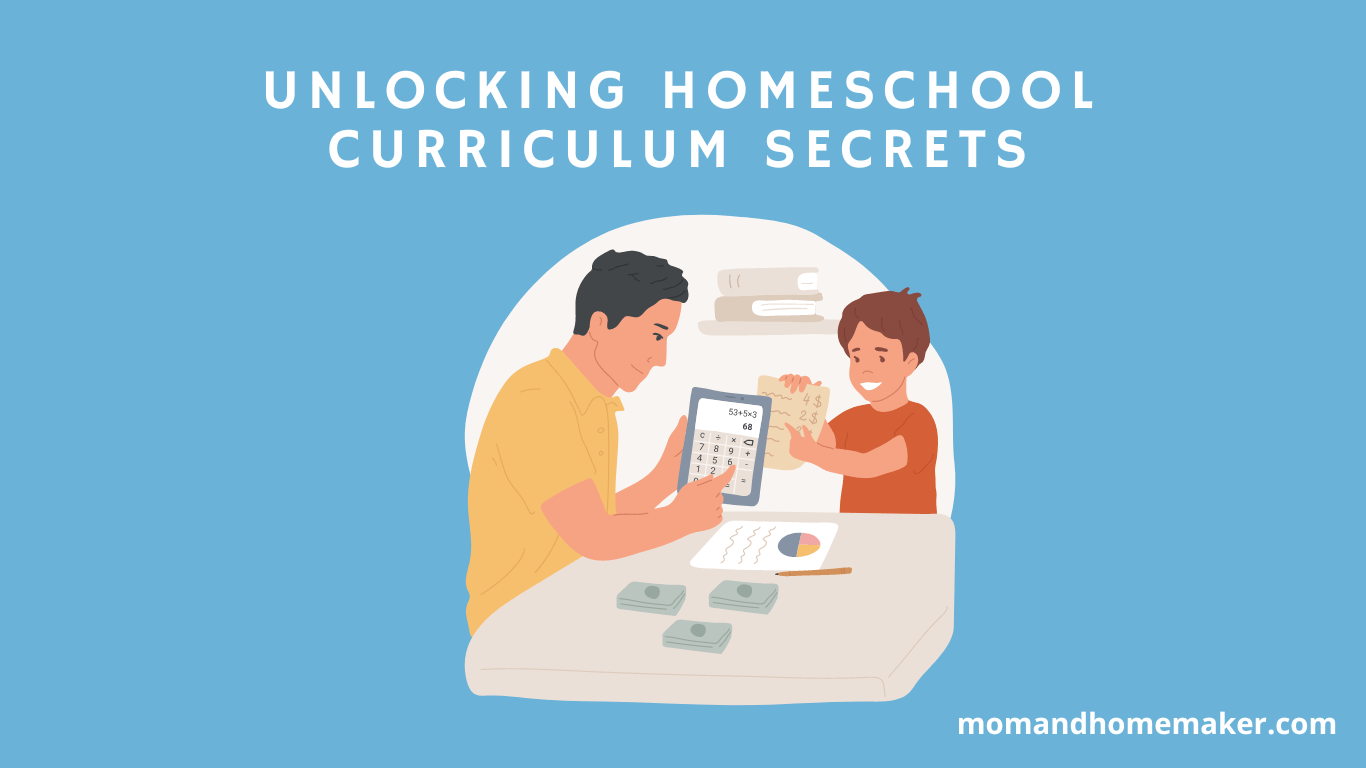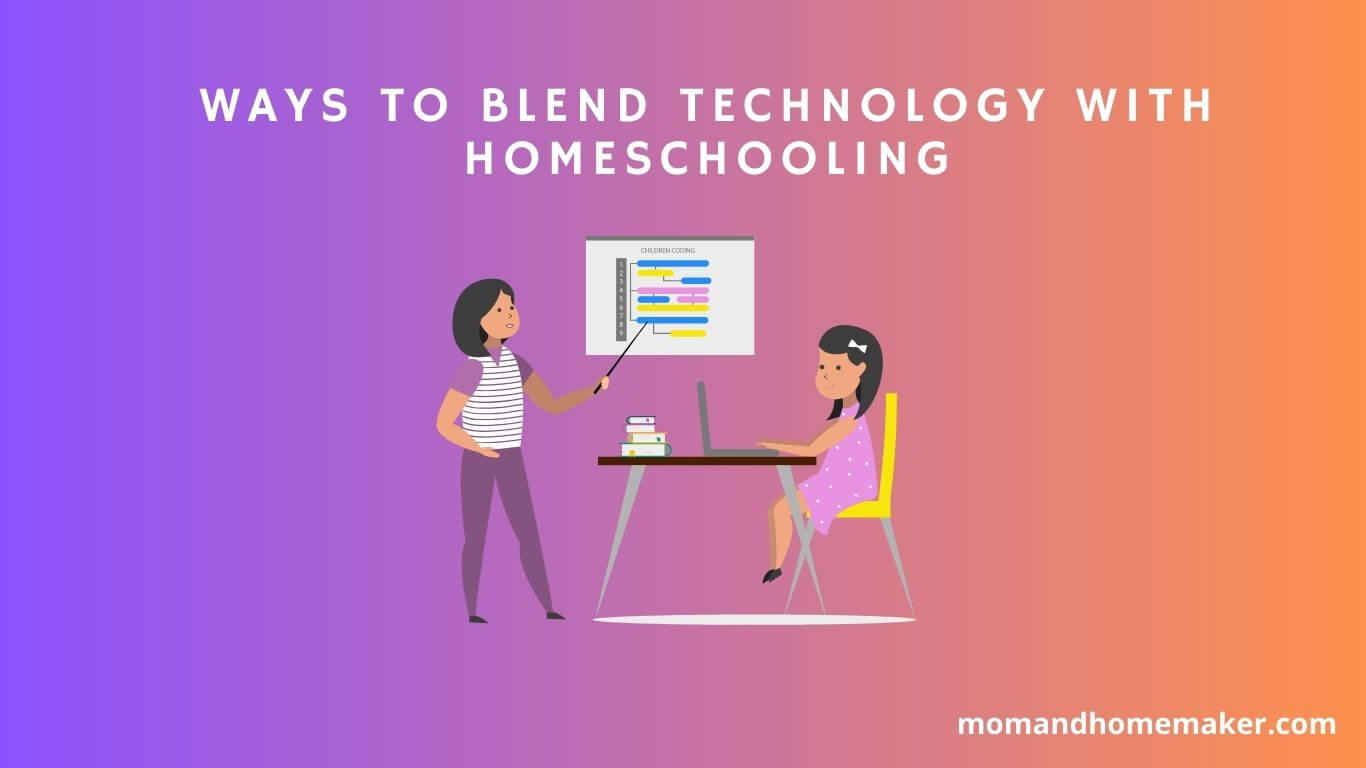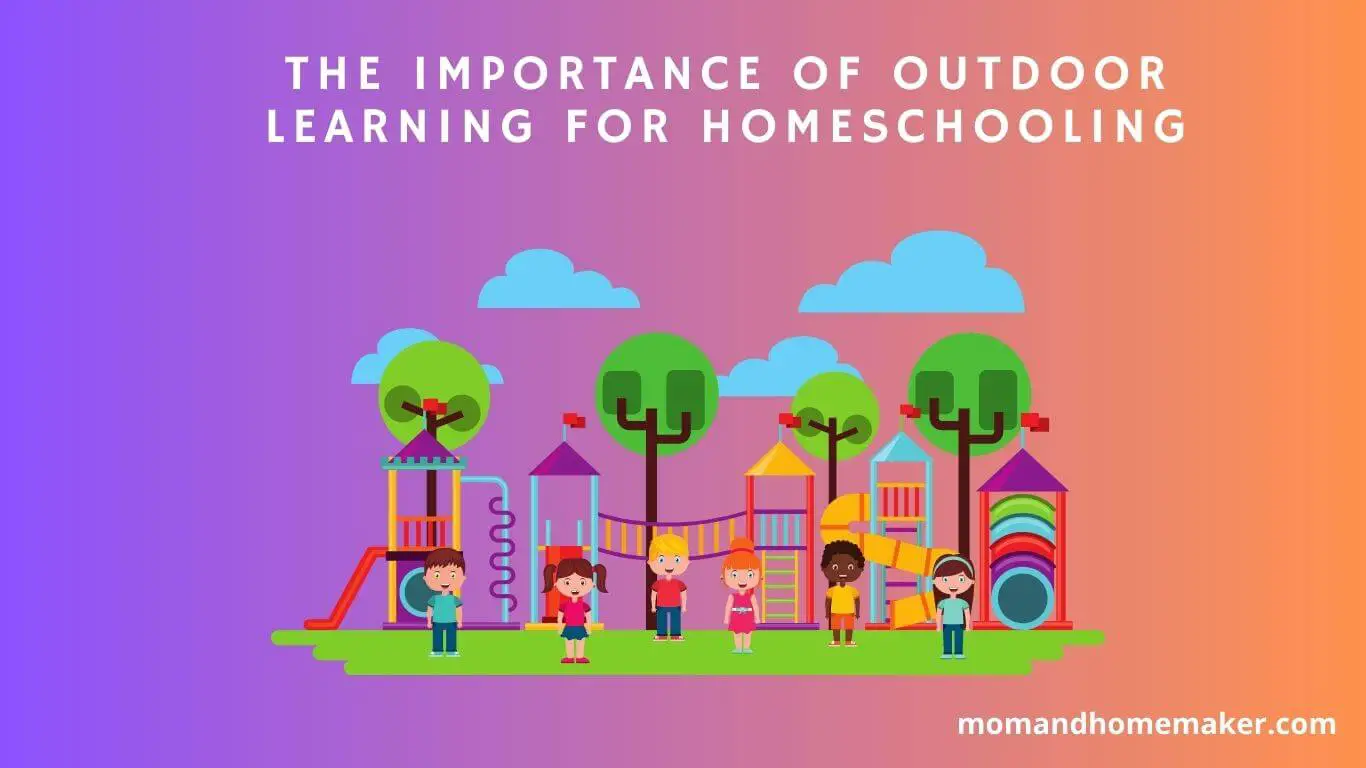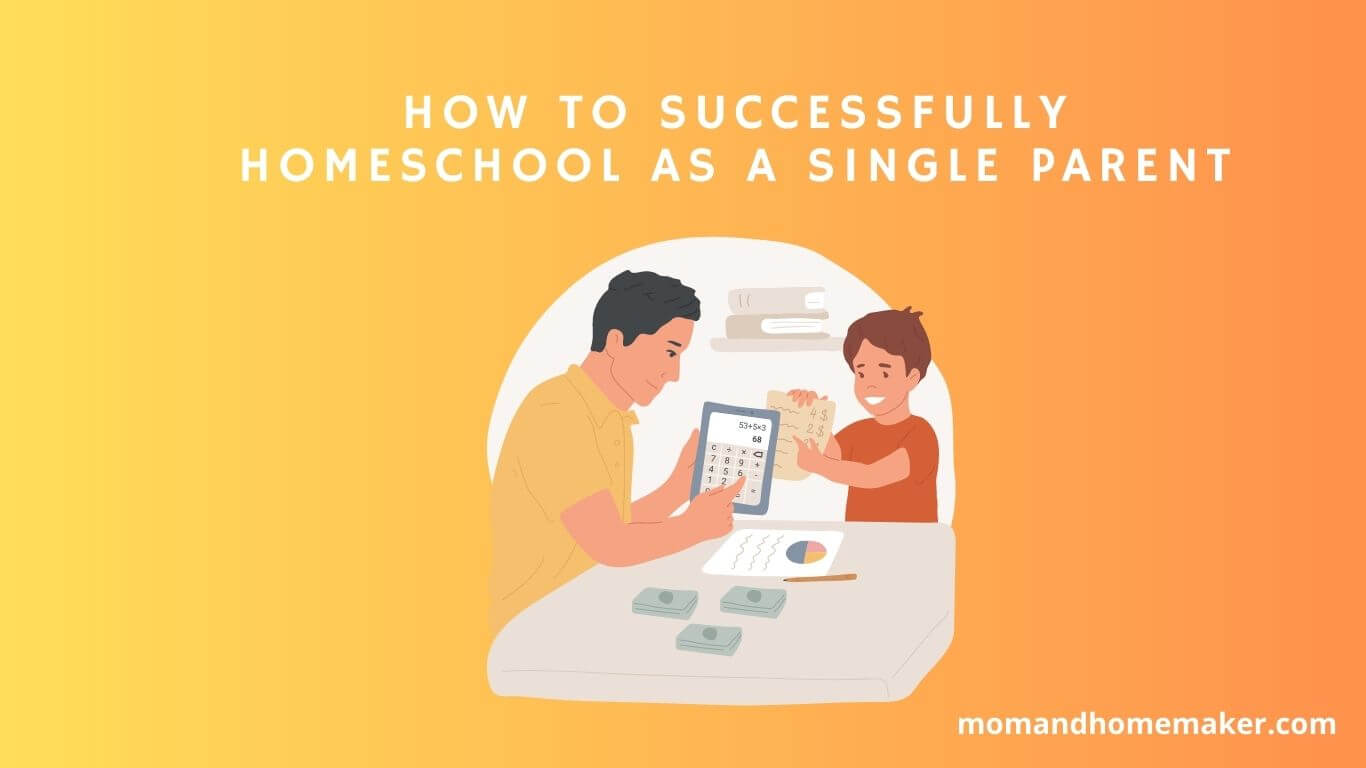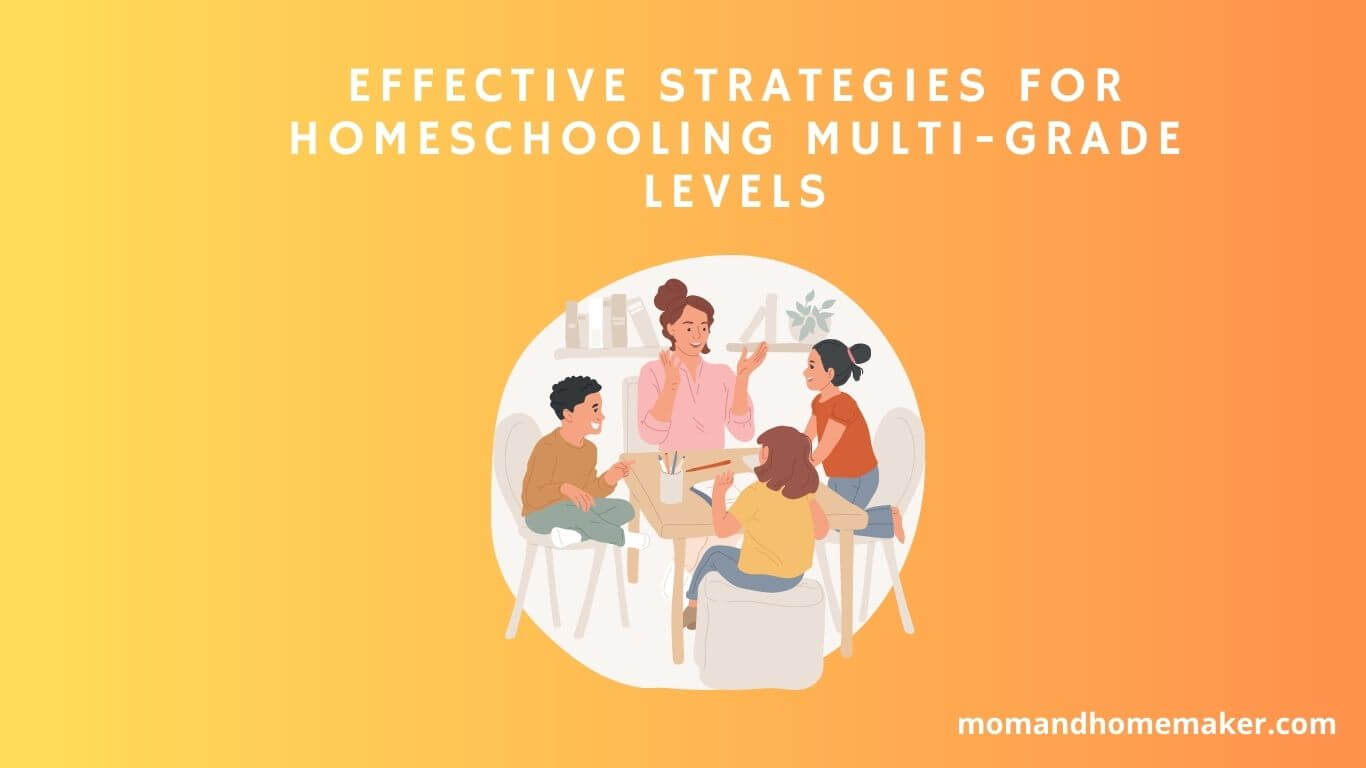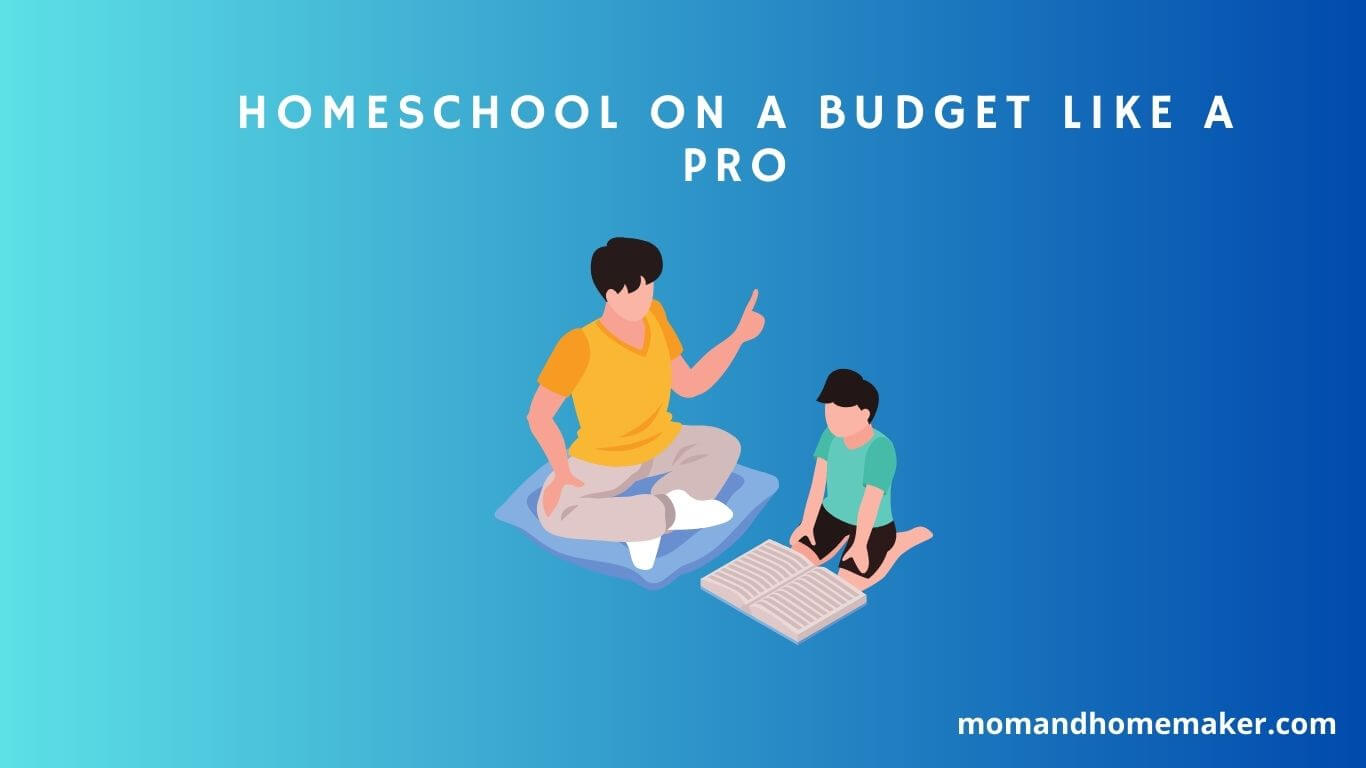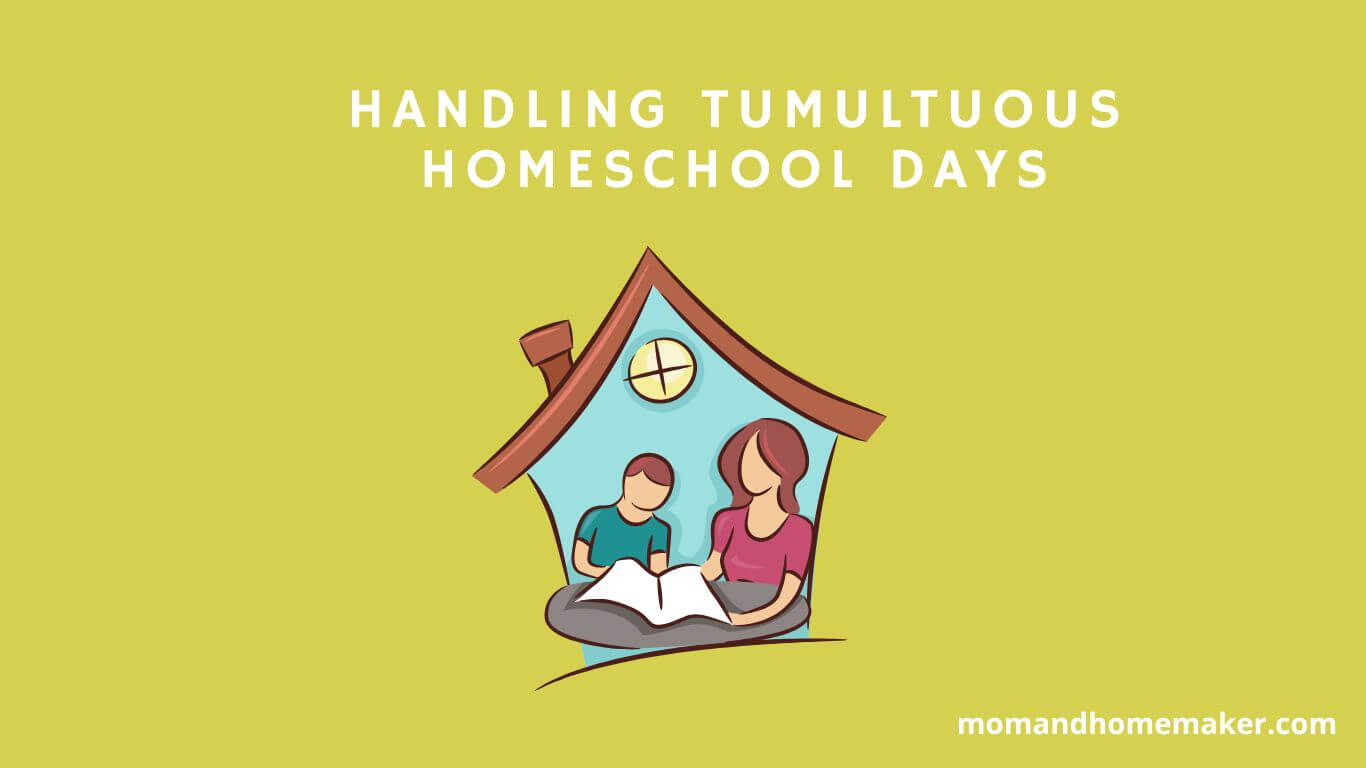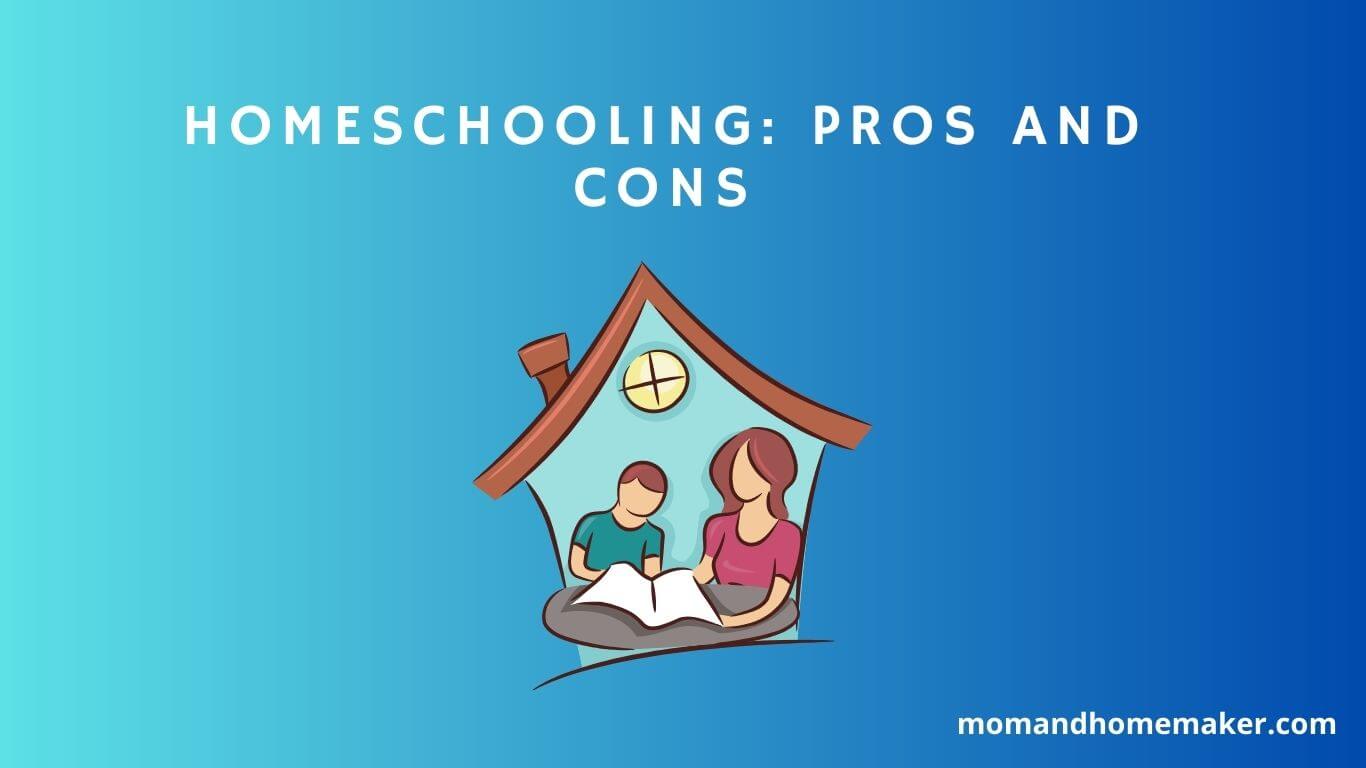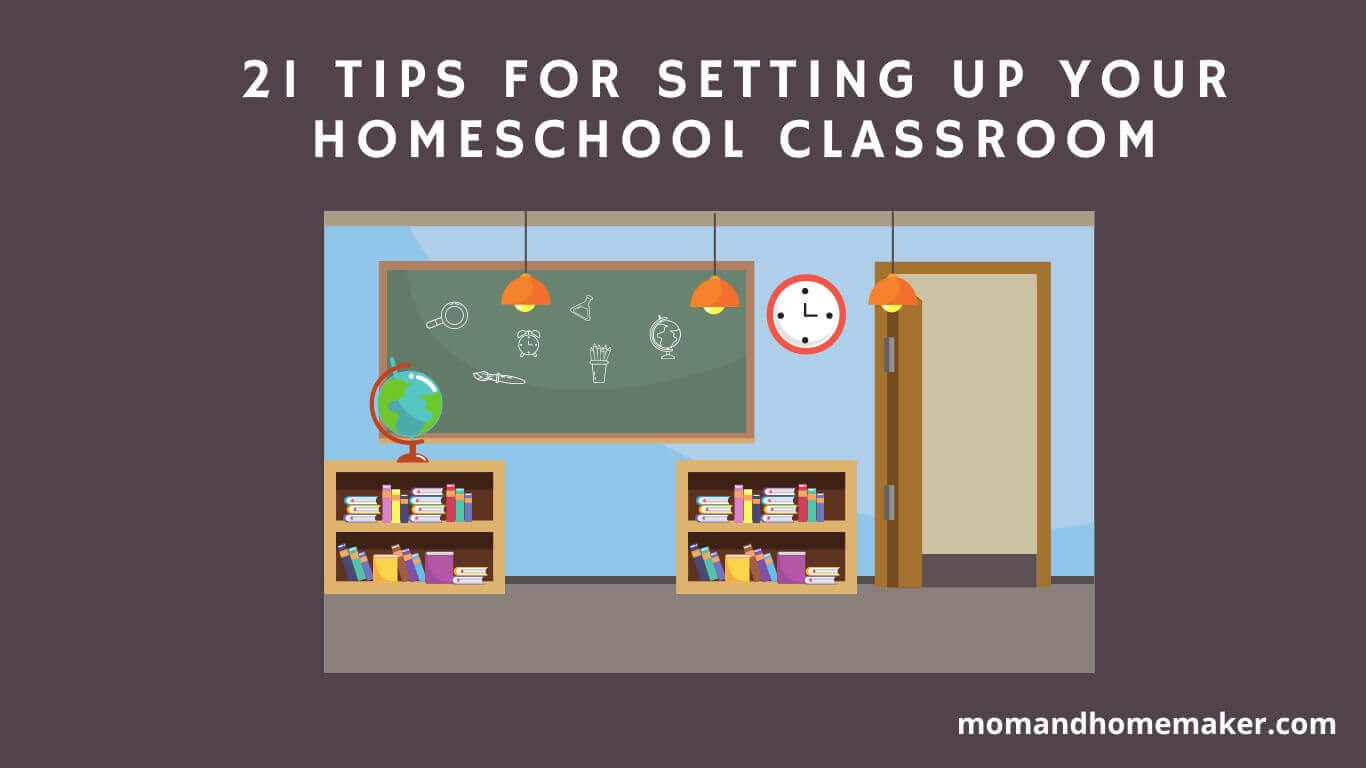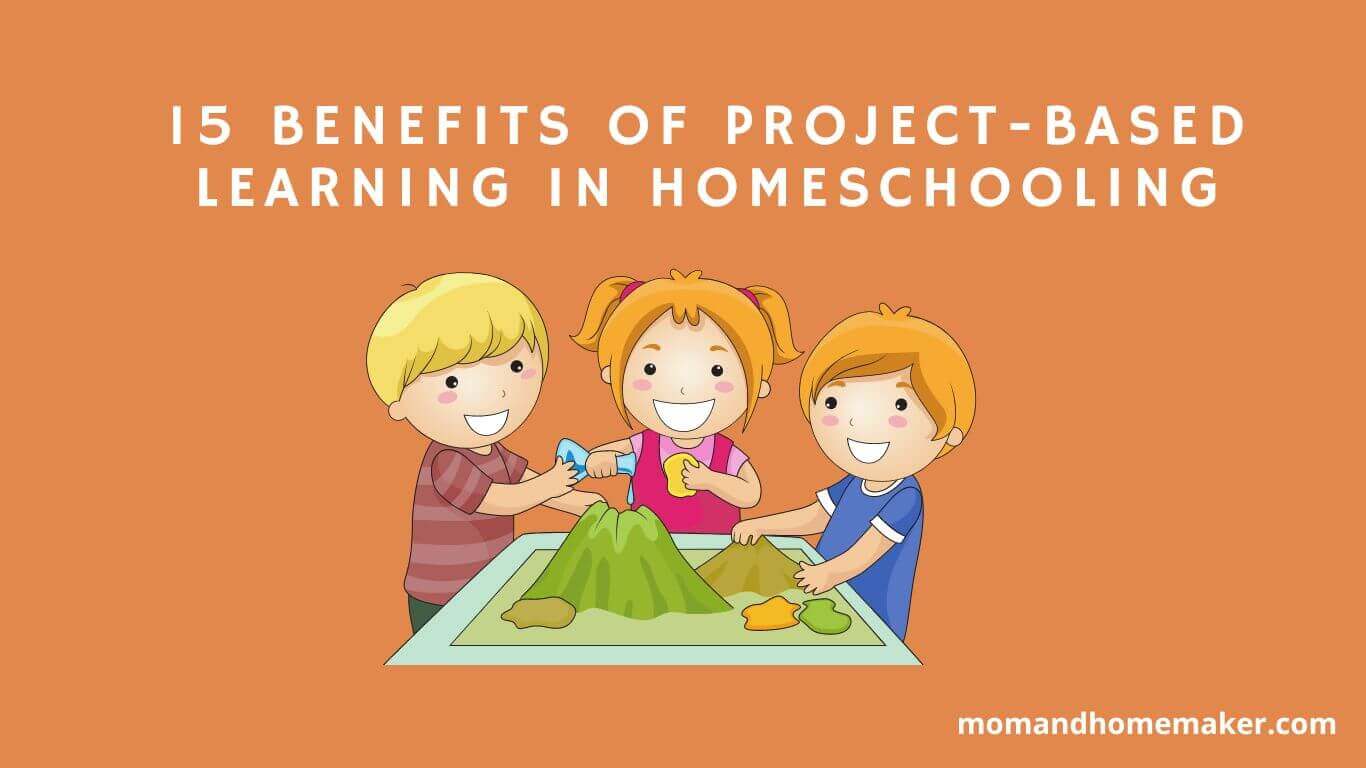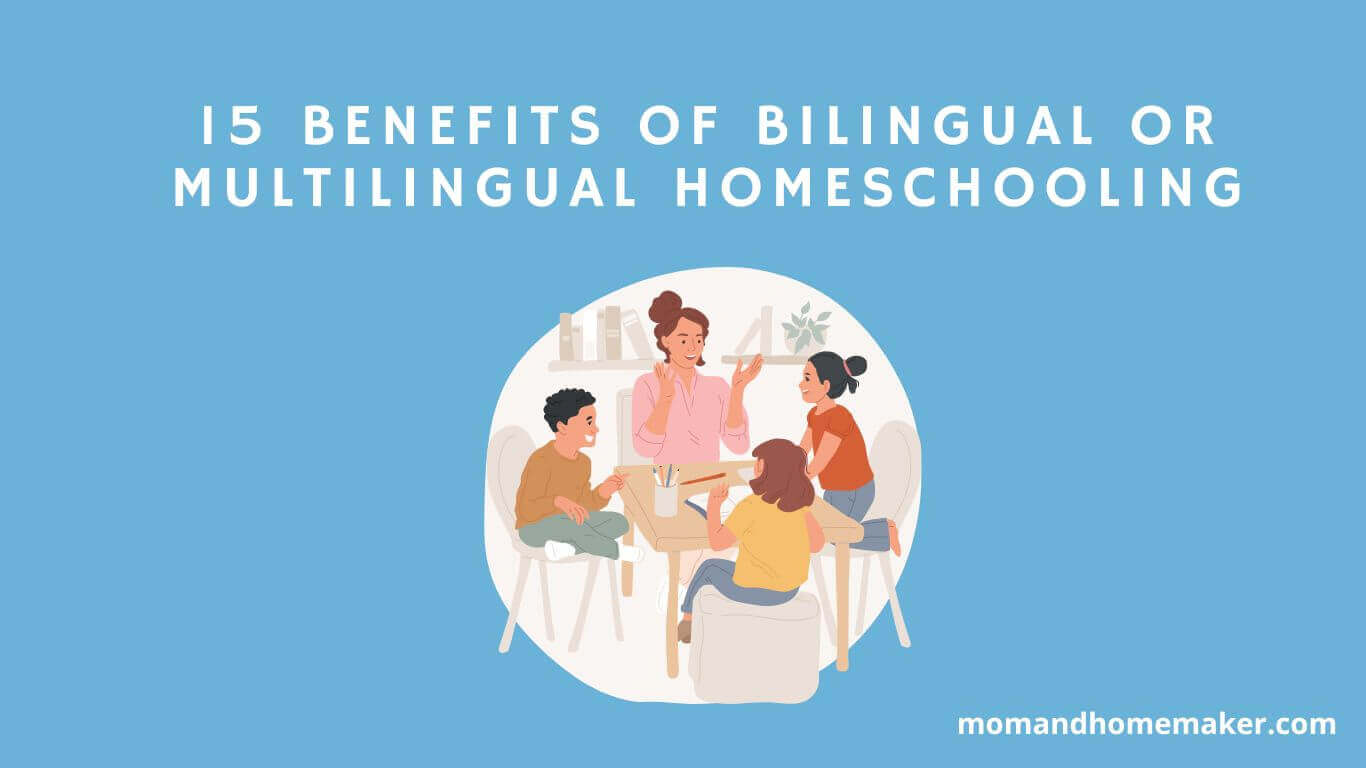Homeschooling is quickly becoming a popular option for families in search of more educational freedom and flexibility. One of the biggest challenges for homeschooling parents, however, is finding a curriculum that fits their child’s learning style and meets their academic needs.
With so many options available, it can be overwhelming to know where to start. That is why we are here to help unlock the secrets of homeschool curriculum selection.
In this blog, we will share tips and tricks for choosing the best curriculum for your child, from understanding different styles of learning to navigate the vast array of online resources available. Whether you are new to homeschooling or a seasoned pro, our goal is to help you make informed decisions that will set your child up for academic success.
1. Involving children in building a homeschool
Involving children in building a homeschool is an important process. It is essential to provide children with a sense of ownership and purpose when building a homeschool. This will help ensure that homeschooling is successful and that the children feel valued and respected.
One way to involve children in building a homeschool is to involve them in the decision-making process. Ask children to help decide which subjects they would like to study, what materials they will use, and how they will be assessed. This will give them a sense of ownership over their learning.
Another way to involve children in building a homeschool is to provide them with opportunities to explore their interests. This could be done through field trips or experiments, or even by allowing them to choose a book to read and discuss with their parents. By allowing them to explore their interests, they will have a greater sense of ownership over their learning and be more engaged in their studies.
It is also important to involve children in the daily running of the homeschool. This could involve helping to plan the lesson, setting goals and objectives, and helping to keep track of progress. By involving children in the daily running of the homeschool, they will have a greater sense of responsibility and ownership.
Finally, it is important to provide children with opportunities to socialize. This could be done through online classes, meet-ups, or even by inviting friends to come over for dinner. This will help children feel that they are part of a community and will help them to build relationships with other children. By providing children with these opportunities, they will be more engaged in their studies and will have a greater sense of purpose.
As a homeschooling parent, involving my children in building our homeschool has been a key element in making our learning experience enjoyable and effective. By including their input, I am better able to cater to their individual learning styles and interests.
We sit down together and discuss our learning goals for the year, what subjects they want to learn more about, and what methods of teaching have worked well for them in the past. This collaborative approach helps them take ownership of their education and instills a love for learning.
It also allows for flexibility in our curriculum as we can adjust it based on their changing interests or needs. By involving my children in building our homeschool, we are able to create a learning experience that is tailored specifically to their needs and interests.
2. Homeschool Curriculum Basics
As a homeschooling parent, I know firsthand how daunting it can be to choose the right curriculum for your child’s needs. That’s why it’s important to start with the basics. First, identify your child’s learning goals and determine their learning style and needs.
Next, research and evaluate the different homeschooling methods available. Consider your budget and time constraints, and don’t forget to look for curriculum reviews and recommendations.
And if you’re on a tight budget, don’t worry; there are plenty of free curriculum options out there, and you can attend homeschooling conferences or meet with other homeschooling parents to explore them. Ultimately, it’s important to choose a curriculum that is flexible and adaptable, so that you can make adjustments as needed to find the best fit for your child.
So don’t be intimidated; with a little research and some careful consideration, you can find the perfect curriculum to unlock your child’s full potential. For those on a tighter budget, exploring free curriculum options and attending homeschooling conferences can be helpful. Ultimately, the flexibility and adaptability of the curriculum are crucial factors to consider, and once a decision is made, I feel confident in implementing the curriculum with my children.
3. Identifying Learning Goals
Homeschooling can be an effective way to provide personalized learning for children, and setting learning goals is an important part of the process. Learning goals are statements that describe what a student should know or
When it comes to homeschooling, identifying be able to do at the end of a lesson, unit, or course. When setting learning goals, it is important to be specific and measurable. For example, rather than saying “learn math”, a learning goal might be “understand the concepts of addition and subtraction, and be able to solve basic math problems.”
In homeschooling, parents and teachers should work together to identify learning goals that are appropriate for the student. Goals should be based on the student’s individual skills, interests, and abilities. Parents should also consider the student’s age and development level when setting goals.
The goals should be challenging, but not so difficult that they become discouraging. Parents should also ensure that learning goals are aligned with their educational values and objectives. Once learning goals are established, parents can create an individualized learning plan that meets their student’s needs.
Learning goal is a crucial step in creating an effective curriculum. As a homeschooling parent, I understand the importance of setting measurable objectives for my children’s education. This involves determining my children’s strengths and weaknesses, learning styles, and overall educational needs.
By doing so, I am able to tailor my curriculum to meet their specific requirements and ensure their academic success. Along with considering different homeschooling methods, evaluating curriculum reviews, and researching free curriculum options, identifying learning goals plays a significant role in building a homeschool that is both effective and enjoyable for my children.
4. Determine your child’s learning style and needs
When it comes to homeschooling, one of the secrets to success lies in understanding your child’s learning style and needs. This means taking the time to observe how your child responds to different types of teaching methods and materials. Are they visual learners who prefer to see information presented in diagrams or pictures?
Or do they learn better by listening and discussing ideas? Identifying your child’s learning style can help you choose the most effective curriculum materials and teaching strategies.
It’s important to consider your child’s unique needs and abilities, such as any special interests or challenges they may have. By catering to your child’s individual learning style and needs, you can unlock the potential for successful, engaging homeschooling. So, take the time to get to know your child’s learning style, and watch them thrive in their homeschool education.
The first step in determining a child’s learning style and needs in homeschooling is to assess the student’s interests and strengths. Ask your child what they are passionate about and what they excel at. Discuss the different learning styles with your child and ask them which methods work best for them. This could include hands-on activities, reading, watching videos or lectures, and problem-solving activities.
The next step is to create a plan for the student’s homeschooling experience. Start by determining the needs of the student – their educational level and what topics they need to cover. After that, decide how the student will learn the topics. This could be through textbooks, online courses, or hands-on activities. Consider the student’s preferences and interests when making your decision.
Finally, create a schedule for the student’s homeschooling. Make sure to include time for activities that are not related to school, such as art, music, and physical activity. This will help the student develop their skills in a balanced way. Additionally, provide the student with plenty of breaks throughout the day so they can take a break and refocus. With the right planning and assessments, you can create a learning environment that works best for your child and their needs.
5. Research and evaluate different homeschooling methods.
When researching and evaluating different homeschooling methods, it is important to consider both the needs of the student and the goals of the parent. There are many different homeschooling methods available, each offering its own unique approach to learning. Some of the more popular methods include the traditional textbook method, the Charlotte Mason approach, the Montessori method, the Saxon Method, and other methods.
The Saxon Method of homeschooling is a popular, systematic approach to learning which encourages students to work through a series of incremental steps in order to master a given subject. This method is based on a spiral curriculum, meaning that concepts are repeated and reinforced through review and practice.
The Saxon Method also emphasizes mastery, rather than speed, and encourages students to take their time in understanding and mastering the material. This method is especially useful for math and language arts, but can also be adapted for other subjects. Additionally, the Saxon Method allows parents to easily track their child’s progress and adjust their instructional approach as needed.
It’s important to research each of these different approaches to homeschooling before making a decision. This will help you determine which method is best suited for your child and your family’s needs. So, take the time to get understand the homeschooling approaches that are available, the classical education approach, the Montessori approach, and the eclectic approach.
The traditional textbook method is the most widely used method of homeschooling and involves the use of textbooks and other materials to teach the same topics that would be taught in a traditional school setting. This approach follows a structured curriculum and offers a comprehensive education.
The Charlotte Mason approach is considered a more “gentle” approach and is based on Charlotte Mason’s philosophy of education. This approach focuses on a variety of subjects and emphasizes the importance of meaningful education through reading and narration.
The unschooling approach is based on the idea that children learn best when left to their own devices. This approach is often seen as a more relaxed approach to homeschooling, as it does not require the use of traditional textbooks or curricula.
The classical education approach is based on the idea of teaching children the classical subjects of grammar, logic, and rhetoric. This approach focuses on teaching students critical thinking skills and encourages them to question and think critically about the world around them. The Montessori approach is based on the teachings of Dr. Maria Montessori and focuses on introducing children to a variety of activities and learning experiences.
Finally, the eclectic approach is a mix of several different methods, allowing parents to customize their homeschooling experience to meet the needs of their child. When researching and evaluating different homeschooling methods, it is important to consider the goals and needs of both the student and the parent.
Each method offers different benefits, so it is essential to do the research and make an informed decision about which methods best fit the student’s needs and the parent’s goals. know your child’s learning style, and watch them thrive in their homeschool education. Along with evaluating different homeschooling methods, it’s also important to consider budget constraints and time constraints.
6. Consider your budget and time constraints
When considering your budget and time constraints when choosing a homeschool curriculum, it is important to do your research and take advantage of free or low-cost curriculum options. Many reputable educational publishers offer free or discounted homeschool curriculum that is designed to meet state standards.
Additionally, many websites provide free resources, such as lesson plans, activities, and worksheets, that can supplement or even replace traditional curricula. It is also important to consider the amount of time it will take to implement the curriculum. Reading through the estimated timeframes and expectations of each curriculum can help you determine if it is a good fit for your family.
Additionally, there are many online and app-based options that require less time for instruction and can be a great fit for busy families. Finally, if you decide to purchase a curriculum, look for deals, such as bundled packages and discounts for multiple-year subscriptions, to save on your educational expenses.
As a homeschooling parent, I know that budget and time constraints can be a major challenge when it comes to choosing a curriculum. That’s why it’s important to do your research and consider all the options available. I’ve found that identifying my child’s learning style and needs, as well as evaluating different homeschooling methods, can help narrow down the search.
When making a decision, I always consider the flexibility and adaptability of the curriculum, as well as how it fits within my budget and time constraints. With careful planning and consideration, finding the right homeschool curriculum that works for your family is definitely possible.
7. Look for curriculum reviews and recommendations
Finding curriculum reviews and recommendations for homeschooling is an important step to take when researching homeschooling materials. The best place to start is by talking to other homeschoolers in your community. Ask them what resources they use and find out what they think of the materials.
This will give you a firsthand perspective on how the materials are performing in the classroom. You can also join online homeschooling forums and communities to discuss different curriculum resources with other parents. Aside from that, you can search for reviews and recommendations online. Look for homeschooling blogs and websites that provide comprehensive reviews of different curricula.
Be sure to read through the reviews carefully and take into account the different opinions of the reviewers. You can also search for reviews and recommendations on social media. Look for specific hashtags related to the curriculum you are researching and read through the comments to see what other parents have to say.
Finally, you can reach out to homeschooling experts directly. If you have specific questions about a curriculum, you can contact the publisher or the author of the curriculum and ask for their feedback. Many homeschooling experts also offer advice and guidance on their websites and social media channels. You can also look for webinars and online courses related to the curriculum you’re considering. These can provide valuable insight into the materials and help you decide if they are the right fit for your family.
Through reviews and recommendations, I’ve discovered new curricula that have been a perfect fit for my child’s learning style and needs. It’s also helpful to attend homeschooling conferences or meet with other homeschooling parents to get their recommendations.
By doing so, I’ve found that not only am I able to choose a curriculum that works best for my child, but I am also able to save time and money by avoiding those that don’t. So, don’t be afraid to do some research and ask for recommendations – it will make a huge difference in the success of your homeschooling journey.
8. Exploring Free Curriculum Options
Homeschooling has become increasingly popular over the past few decades, and many families are now exploring free curriculum options for homeschooling their children. There are a variety of free curriculum options available, from online courses and printable worksheets to full-fledged virtual schools and hybrid programs.
These free options allow families to customize their children’s education to their individual needs and interests, giving them the freedom to explore different subjects and activities. Many free curriculum options are available online, providing parents with access to a wide range of educational materials and resources.
These materials can be printed out or accessed electronically, and many include interactive activities and quizzes to help children learn. Some online programs offer teacher support and guidance, while others are more self-directed. Many of these programs are designed to help students meet the same standards as those in traditional schools, while others focus on developing skills such as problem-solving and critical thinking.
Regardless of the type of curriculum chosen, parents can be sure that their children are getting a quality education. With an open mind and a bit of resourcefulness, you can find free curriculum options that will enable you to provide a top-notch education for your child at a fraction of the cost.
9. Attend homeschooling conferences or meet with other homeschooling parents
Attending homeschooling conferences or meeting with other homeschooling parents is a great way to unlock the secrets of the homeschool curriculum. As a homeschooler, you have the opportunity to customize your curriculum to meet the needs and interests of your children.
Conferences and meetings provide a great opportunity to learn from experienced homeschoolers and connect with vendors, who can supply the tools you need to make your homeschooling journey easier. You can learn about different approaches to homeschooling, ask questions, and gain invaluable tips for creating lesson plans, keeping organized, and finding materials for learning.
In addition, these conferences and meetings are a great place to build relationships with other homeschoolers and create a strong support network. Whether you are just starting out or have been homeschooling for years, attending conferences or meeting with other parents is an invaluable part of unlocking the secrets of a successful homeschool curriculum.
One of my favorite aspects of attending these types of events is the opportunity to hear from experts in the field and gain valuable insight into effective teaching strategies and innovative techniques. Plus, it’s always encouraging to connect with other homeschooling families and receive support and encouragement along the way. Consider attending a conference or joining a local homeschooling group to expand your knowledge and connect with other homeschooling parents.
10. Consider the flexibility and adaptability of the curriculum
Unlocking homeschool curriculum secrets can be a daunting task, but it doesn’t have to be. With the right information and the right attitude, you can find the perfect curriculum for your homeschooling needs.
Consider the flexibility and adaptability of the curriculum when making your selection. Homeschooling allows you to customize the educational experience to meet your individual needs, so it’s important to look for a curriculum that is flexible and adaptable.
Look for a curriculum that provides a variety of learning options and activities, as well as resources that can be tailored to your family’s interests and learning style. It’s also important to consider the cost of the curriculum since this will affect how much you can afford to spend on resources.
Finally, consider any potential legal or financial implications of using a particular curriculum in your homeschool, such as ensuring that it meets state or local regulations. By taking the time to research and evaluate different options, you can unlock the secrets of a homeschool curriculum and find one that works for you and your family.
Ultimately, choosing a curriculum that is flexible and adaptable allows us to be more responsive to our children’s growth and interests, and it can make the homeschooling experience more enjoyable and effective for everyone involved.
11. Make a decision and start implementing the curriculum with confidence.
After researching and evaluating different homeschooling methods, identifying our learning goals, and determining our child’s learning style and needs, it’s time to make a decision and implement the curriculum with confidence. This can be a nerve-wracking step, but it’s important to remember that homeschooling is a journey and we can always make adjustments along the way.
It is important to take the time to do research, gather opinions from different stakeholders, and consider the potential outcomes before making a final decision. Once a decision has been made, it is important to remain confident in the chosen path and have a plan for implementation.
Implementing a curriculum with confidence begins with having a clear vision of what success looks like. This includes understanding the goals and objectives of the curriculum, setting benchmarks for success, and ensuring that all stakeholders understand the expected outcome. It is also important to take into account the resources that are available when developing a plan for implementation.
This will help to ensure that the right people and resources are in place to support the implementation. Finally, it is important to be able to anticipate potential challenges and have a plan for how to address them. With the right preparation and confidence, implementing a curriculum can be a successful and rewarding experience.
Conclusion
In conclusion, homeschooling can be an incredibly rewarding experience for both the student and parent if done right. With the right curriculum tailored to each individual child, they will be able to explore new material, gain confidence in their abilities, and thrive in a safe educational environment.
Remember that a successful homeschooler isn’t necessarily one who has mastered every subject; it’s someone who is learning something new every day. So let your creative juices flow and dive into the world of homeschooling with confidence!

